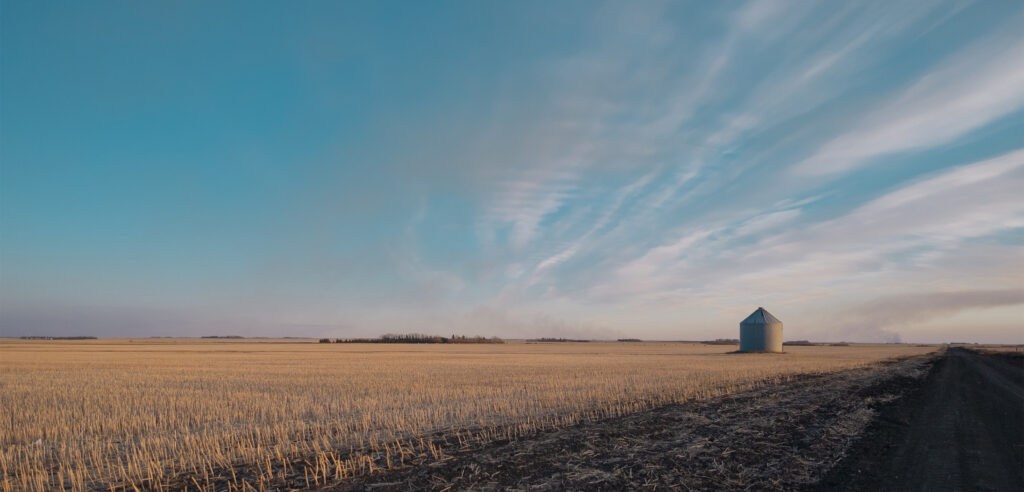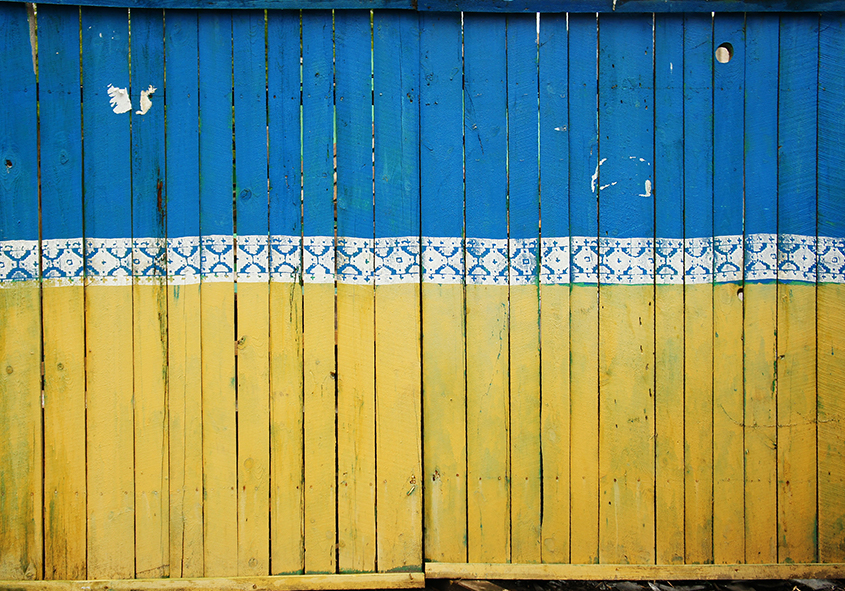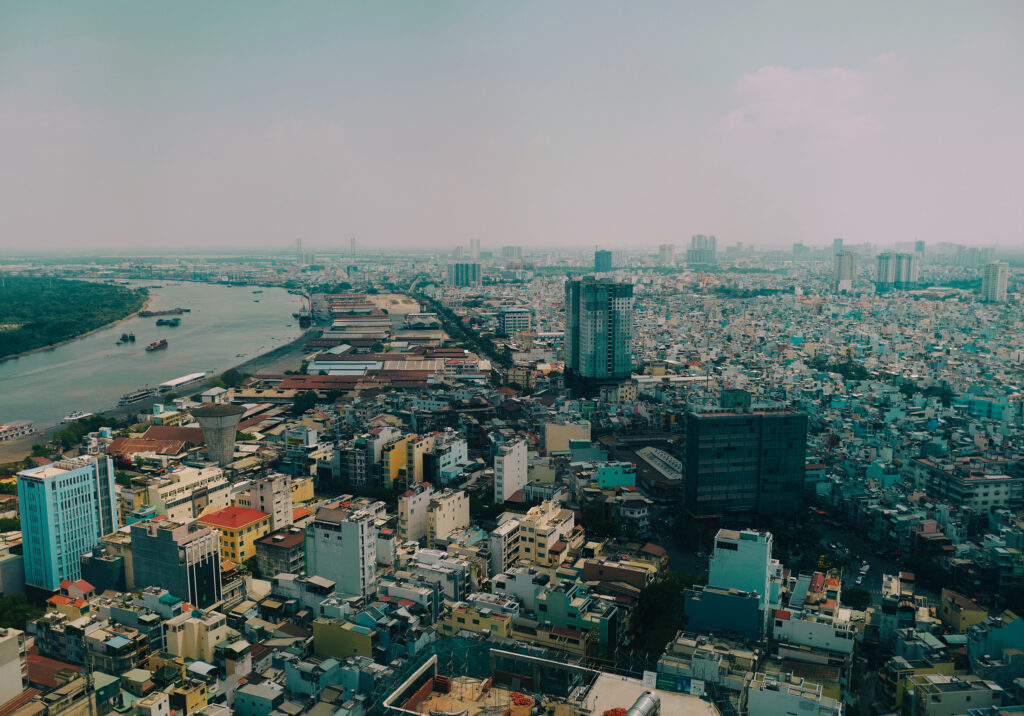“The hope José had spoken about for years in the light seemed so relevant in the dark shadow of the mine.”

Alpha Team
Alex Watts writes about his experience of meeting José Henriquez Gonzalez in Talca, Chile as part of the crew for the new Alpha Film Series. José was one of the thirty-three survivors of the Chilean mining disaster of 2010 – an accident that made headlines around the world and changed the lives of its victims forever:
Chatting to José you are transported to the San José copper-gold mine near Copiapó in Chile, which, on the afternoon of Thursday 5 August 2010, catastrophically caved-in.
Buried far underground for sixty-nine days, over 2000 feet deep, three miles from the mine’s entrance were thirty-three miners including José who were left battling severe thirst and hunger, physical and mental fatigue. Ultimately, with little hope they would be found, less of survival.
This story has become part of the history of Chile for over five years now, but a few months ago I found myself on a thirty-two-hour bus ride to hear first-hand José’s personal account which describes an almost unbelievable adventure of terror, perseverance and how prayer defined and transformed his experience. You can’t quite believe he might not have been with us today to tell his tale.
José and his story feature in the new Alpha Film Series – Watch the first episode
A couple of days before the trip I was asked if I would like to travel from Córdoba Argentina, where I’m currently based, to Chile as a translator for the new Alpha Film Series to help interview a miner who had been part of the Copiapó accident. Before I knew it, having accepted the invitation, I found myself boarding a bus to the Chilean capital with my friend Ignacio, the team’s photographer. We were off on an adventure to meet both a film-crew and a miner we had never met, in a place we’d never been.
Santiago, the capital of Chile, is a thriving city. With its huge, snow-covered mountains encircling its Eastern border, it makes for one of the most impressive places I’ve yet seen in Latin America. After a day or two acclimatising to this unique place, we met the film crew and jumped in a little minibus on our way to José’s hometown, Talca. Talca is around a three-hour drive from the capital, which leads you past endless vineyards and mountains.
The Gonzalez family, by which I mean aunts, uncles, cousins and grandparents, live in a collection of houses clustered on the outskirts of Northern Talca. Upon arriving, my first impression of José was his enormous smile and the genuine warmth with which he invited all seven of us strangers into his home. Passing through the house you see a multitude of pickaxes, helmets, plaques and medals, a collection that any museum would be proud of.
After initial introductions and some delicious fruitcake and máte, a traditional South American hot drink, he began to explain how this hadn’t been his first mining accident in his career but that the 2010 incident was different, it united continents in prayer and changed the direction of his life forever.
The former drillmaster described to us what happened when his family first heard news of the catastrophe. His granddaughter was watching the television in the living room after school, flicking through channels when she saw what was happening in the mine, eight hours away from the Chilean capital Santiago. His wife, Blanca, quickly turned off the TV, grabbed her granddaughter’s hand and knelt down on the floor of their front room, knowing the only option they had in that moment was prayer.
The way in which faith and prayer seemed so inherent and central to this family was made further evident as José explained how he had been working in the mines for thirty-three years prior to the incident and how every day before entering the mines he would ask God to be with him. On 5 August 2010, it was no different.
He talked to us patiently and thoughtfully, clasping his large, rough hands on the table in front of him, not wanting to miss out any details as if it was the first time he was sharing his story.
He began to tell us about the serious mental and spiritual battle that understandably took place not only in the group but also in his heart. He held back tears as he described how he never lost hope in the refuge at a depth of 2,260 feet, and how, as a group, regardless of their faith or religion, they came to the logical conclusion that unless God performed a miracle, there was no way out.
The hope José had spoken about for years in the light seemed so relevant in the dark shadow of the mine.
The ever-smiling man explained how he organised daily prayers and attempted to keep up morale amongst the men anyway he could. Twice a day they would gather in a circle and pray, a space where each one of the miners could share their thoughts and where they began to ask God for a miracle.
The men had only three day’s worth of tinned supplies with them when the collapse occurred. Through careful and disciplined planning, they managed to ration the food to sixteen days. On the seventeenth day, not a moment too late, the miracle they had been praying for began to unfold. José explained how the men became aware of machinery overhead and knew that help was on the way. One of the rescue team’s probes successfully reached the miners, who were able to attach a note declaring, ‘All thirty-three of us are well inside the shelter.’ a note that José, in fact, has framed and mounted on his wall.
It took a further fifty-two days in total before the miners would see sunlight again, but in that time, through paloma supply tubes, they were sent notes, food, equipment, fresh water and home comforts.
What the thirty-three men weren’t aware of was the community and attention evolving above ground in what became known as Camp Hope. Schools were created for the miners’ children and families camped and ate together not wanting to leave their loved ones: whether sons, husbands, fathers, grandparents or dear friends.
Eventually, on the sixty-ninth day: 13 October 2010, the final man of the thirty-three, Luis Urzua, was winched through the escape shaft to safety at ground level. The unbelievable, exhaustive ordeal was finally concluded.
What struck me most was the way that José continually thanked God throughout our conversation – in almost every statement and sentence. He was enthusiastic to share with me his experience of God’s love and mercy as well as recounting how he had come to terms with the fact that everything that happened was God’s will – including that twenty-two of the men came to faith in the dark of the mine.
At sixty-years-old José is now retired; he left the mining business behind but has never forgotten the experience of what happened. Truthfully, he hardly has time to go back to work with his busy speaking schedule which has taken him around the world for the last five years.
He doesn’t travel alone but alongside his friend, pastor and translator Reverend Alfred Cooper. Alfred, former chaplain to the Chilean president, told us how prayer wasn’t just a central part of life in the mine but also above ground in the presidential palace where they gathered to pray with the President as soon as they heard the news that the San José mine had caved-in.
We discovered during our time in Chile how much of an impact the miners have had on their country. They may not be known individually, but as a group they are as famous as their national football team. This is clearly a population that was affected by the miners’ struggle and by their escape in the face of tragedy.
I’ll end this with one simple yet powerful statement José said, which has stuck with me ever since: ‘When we felt we had lost everything, I could say that we hadn’t lost prayer and as you really can see, prayer works.’




